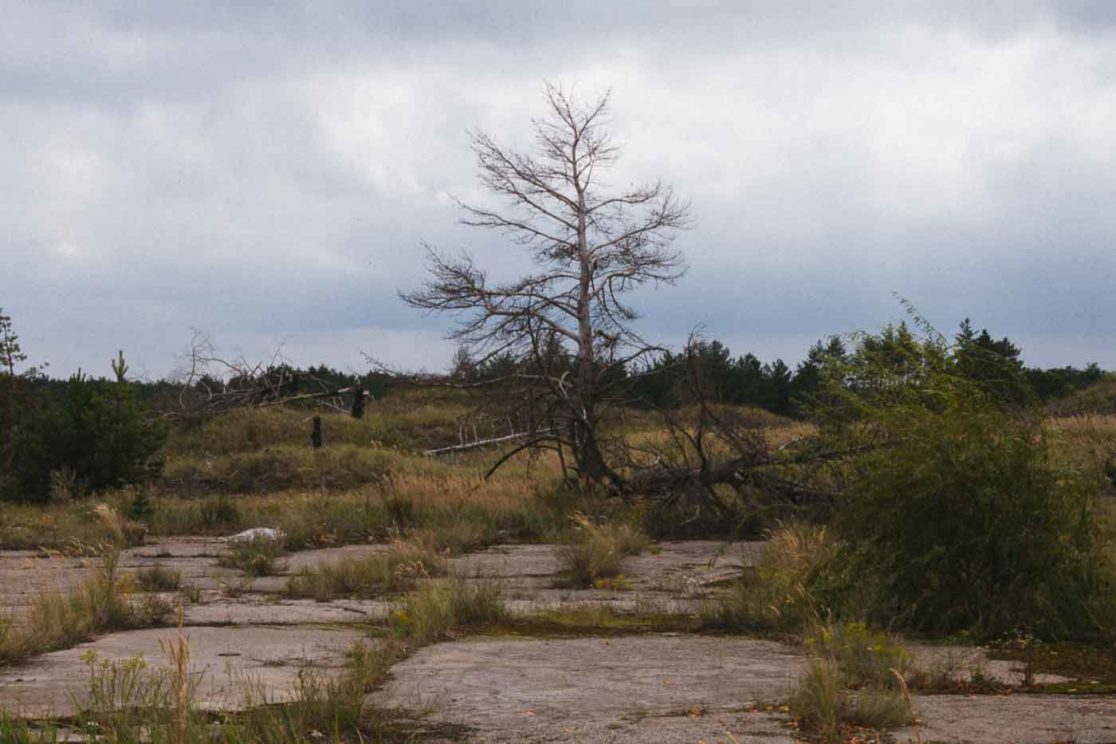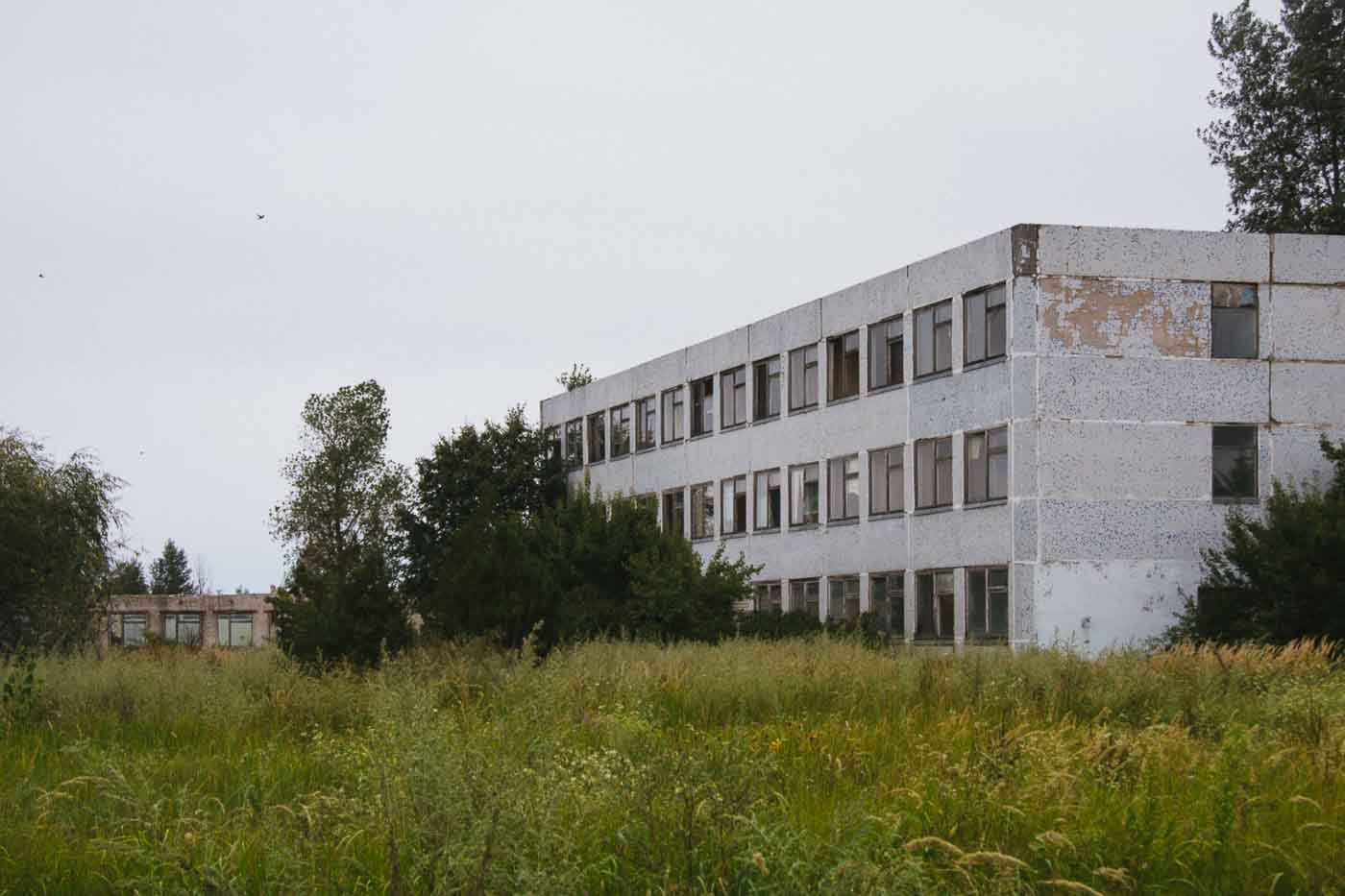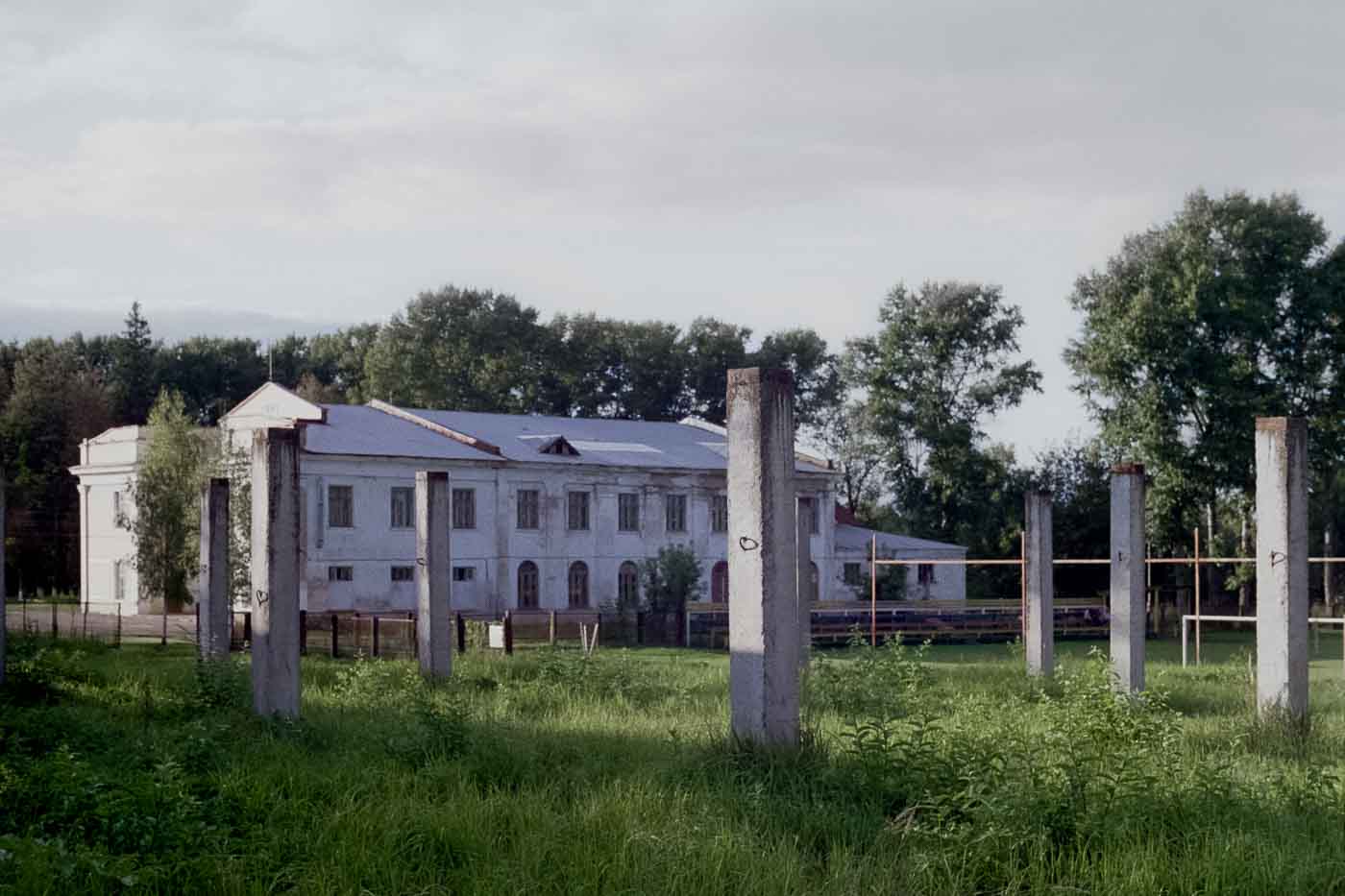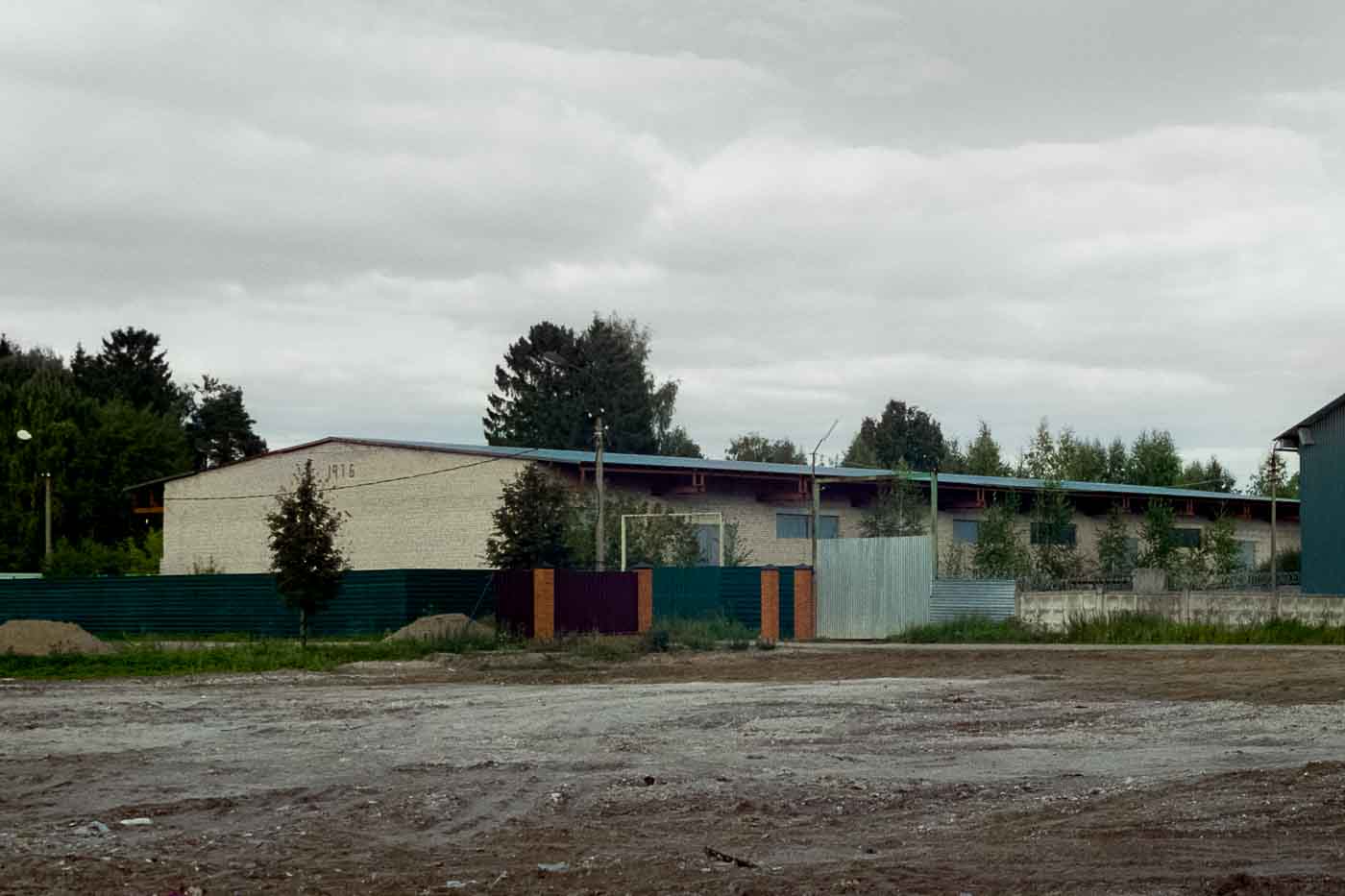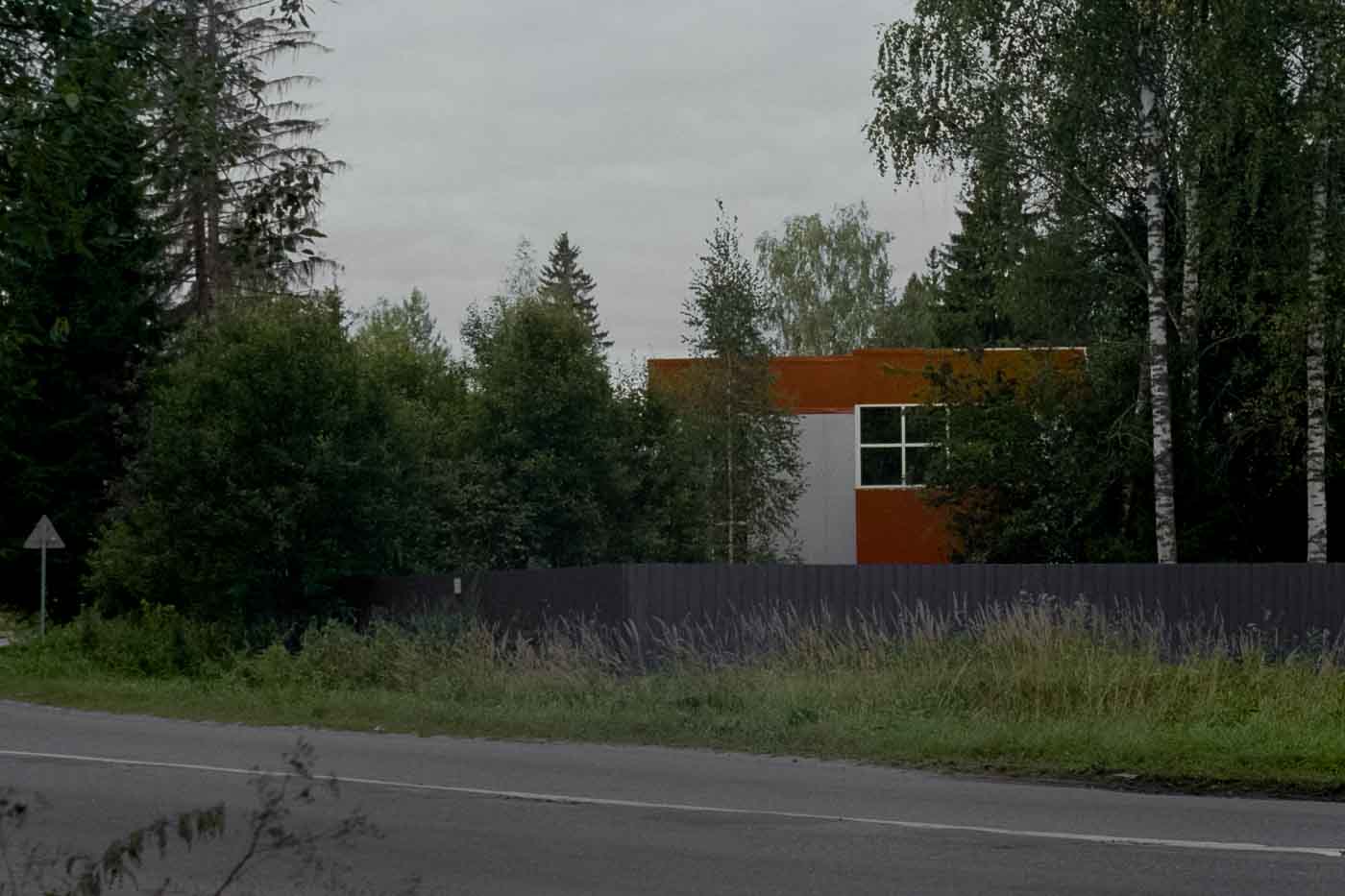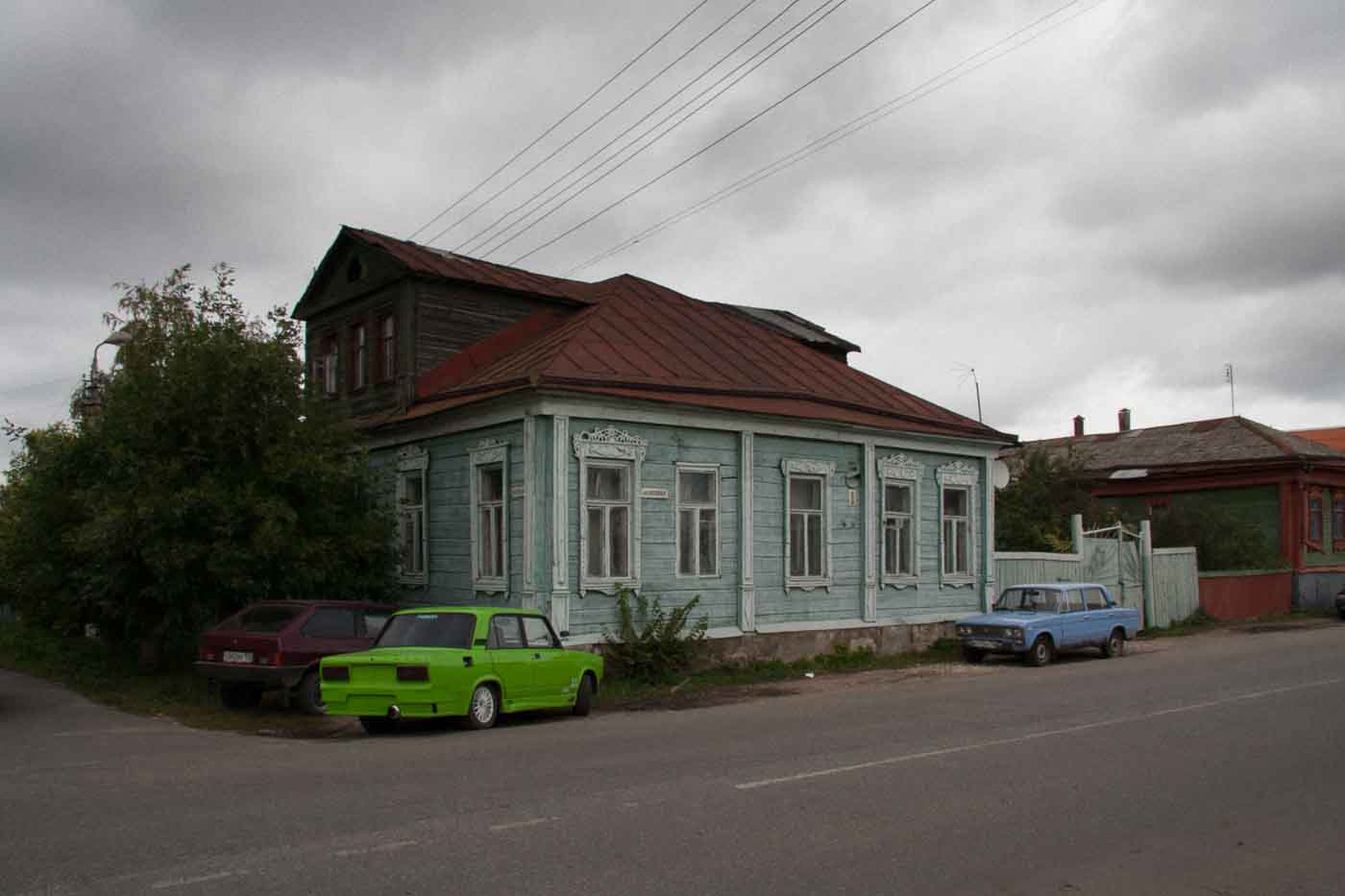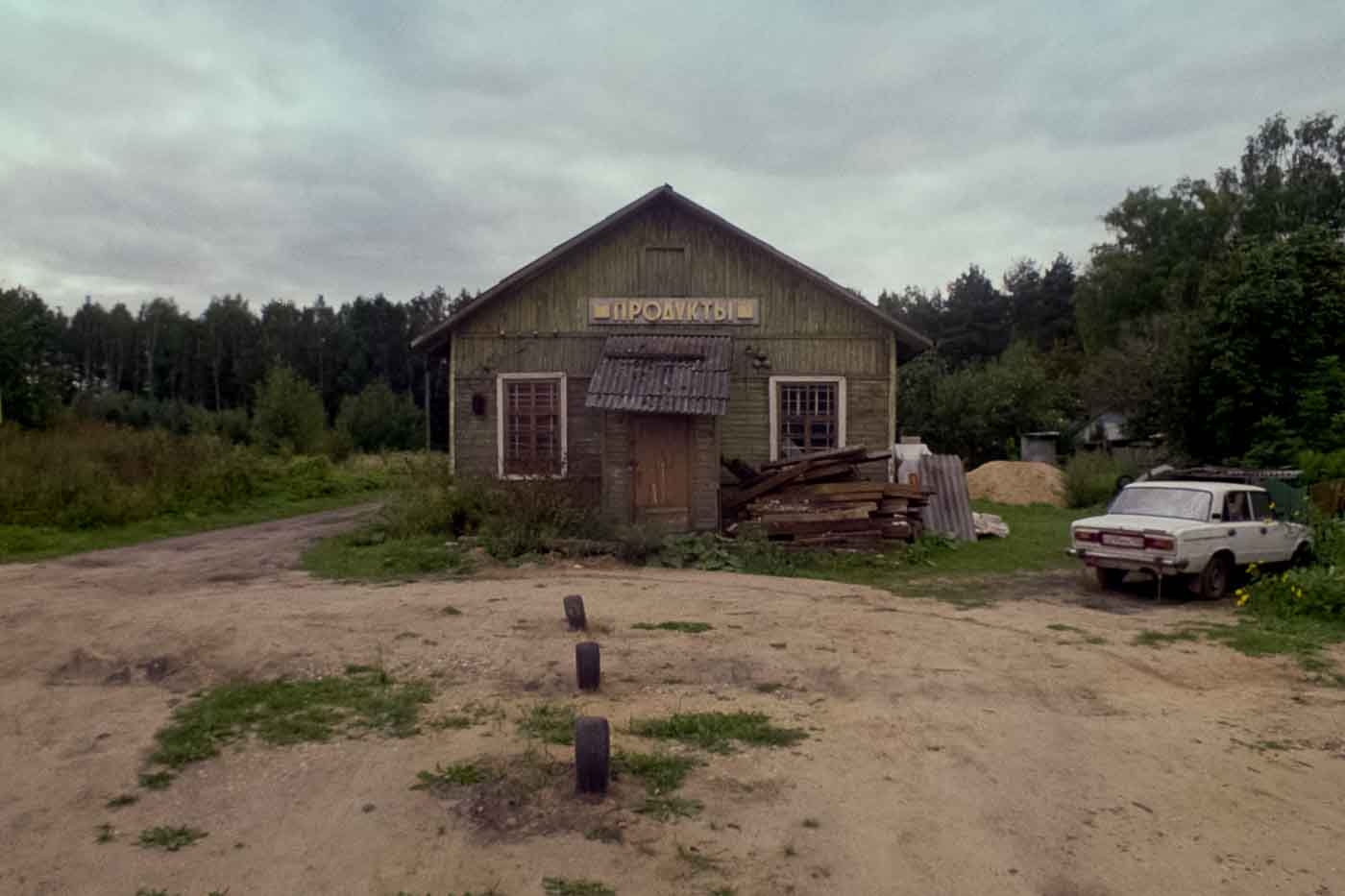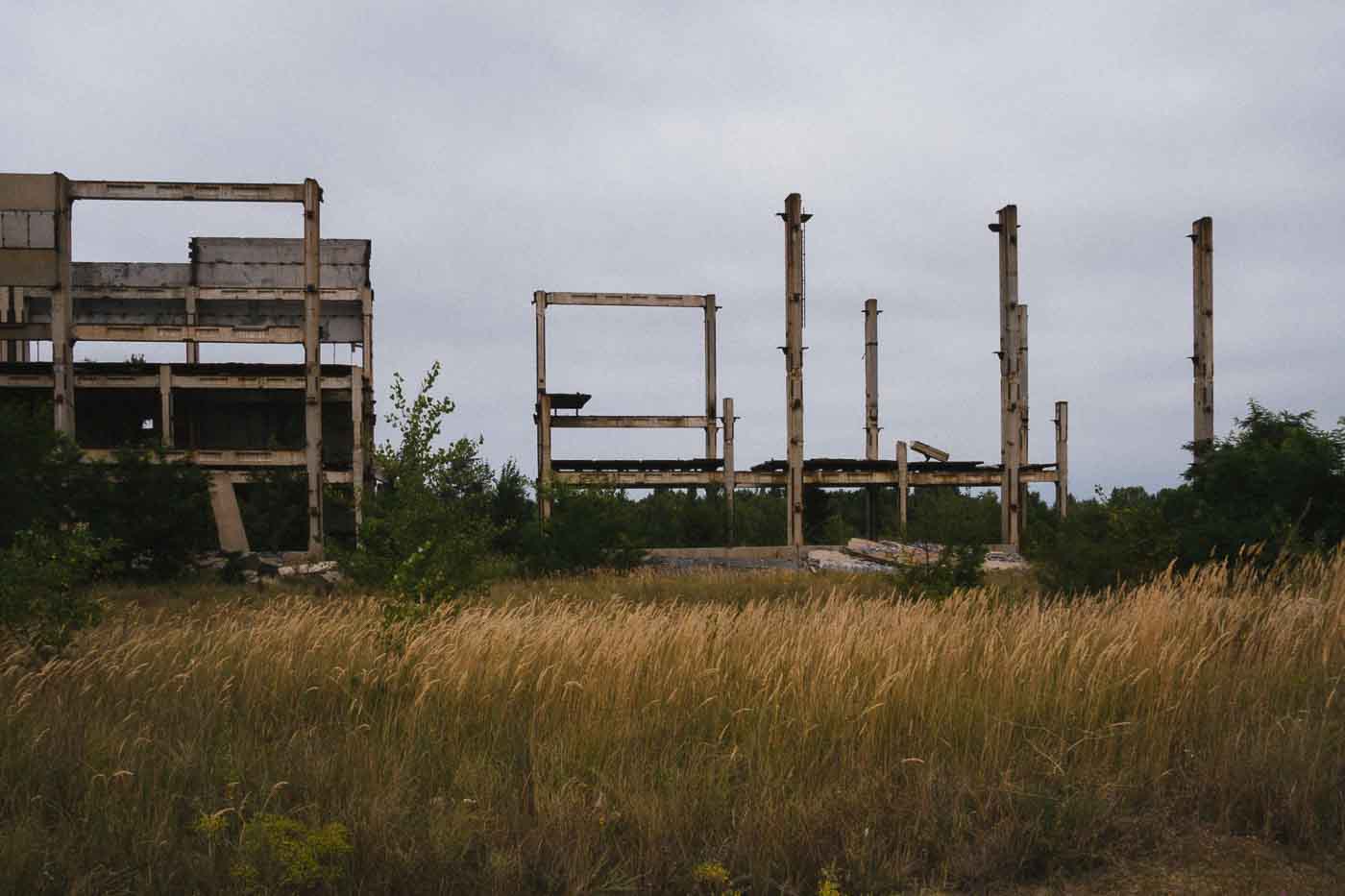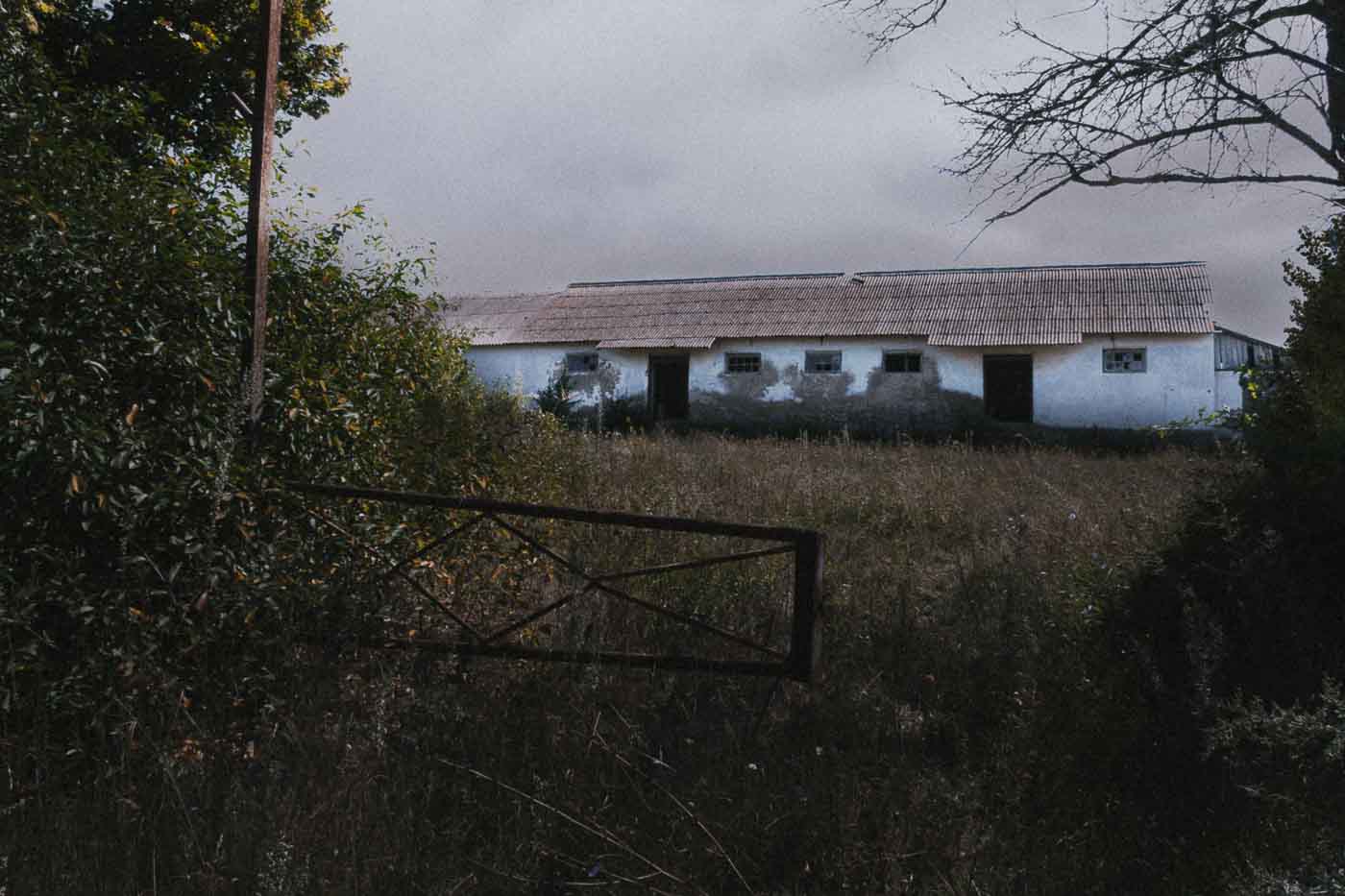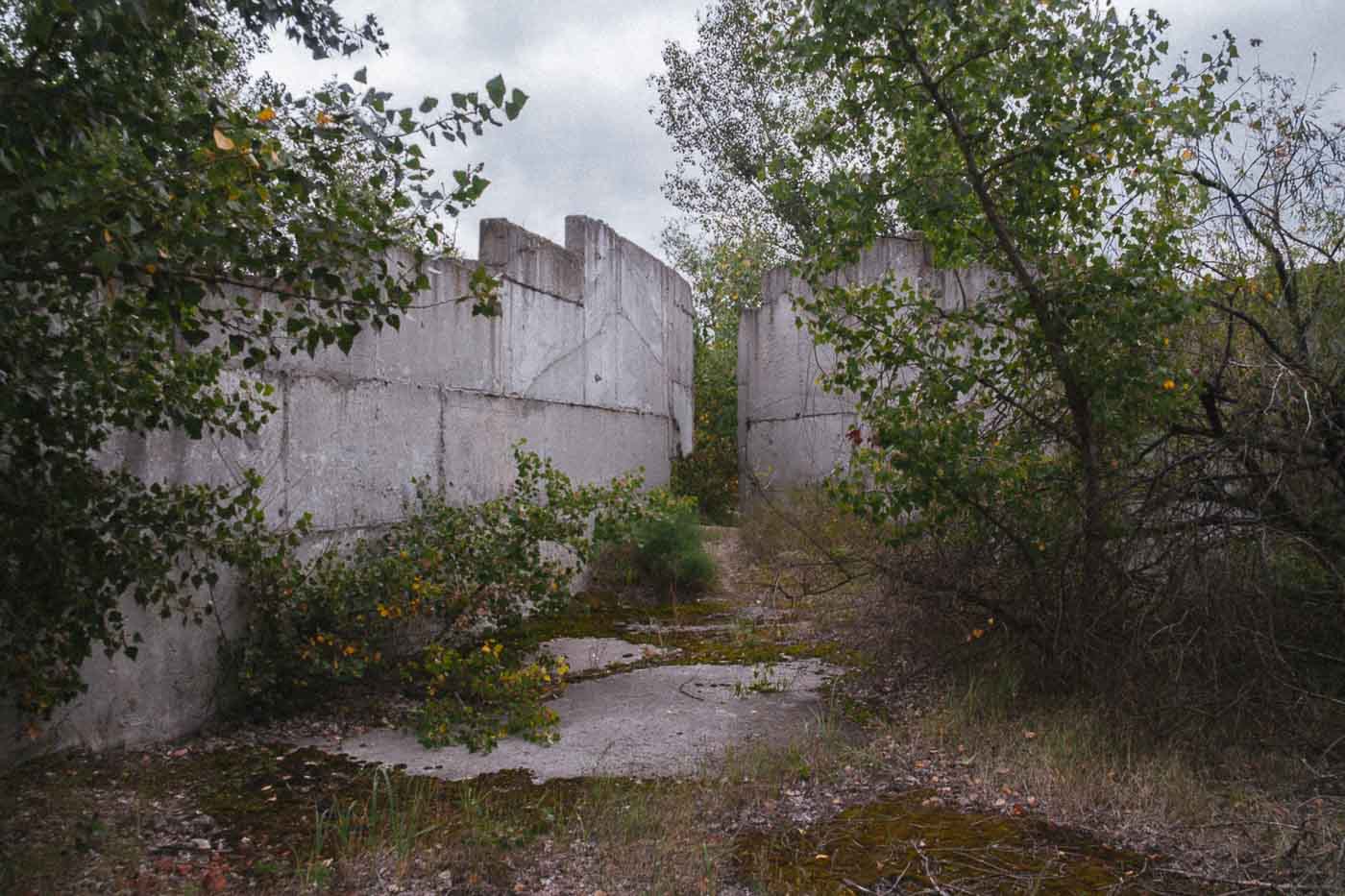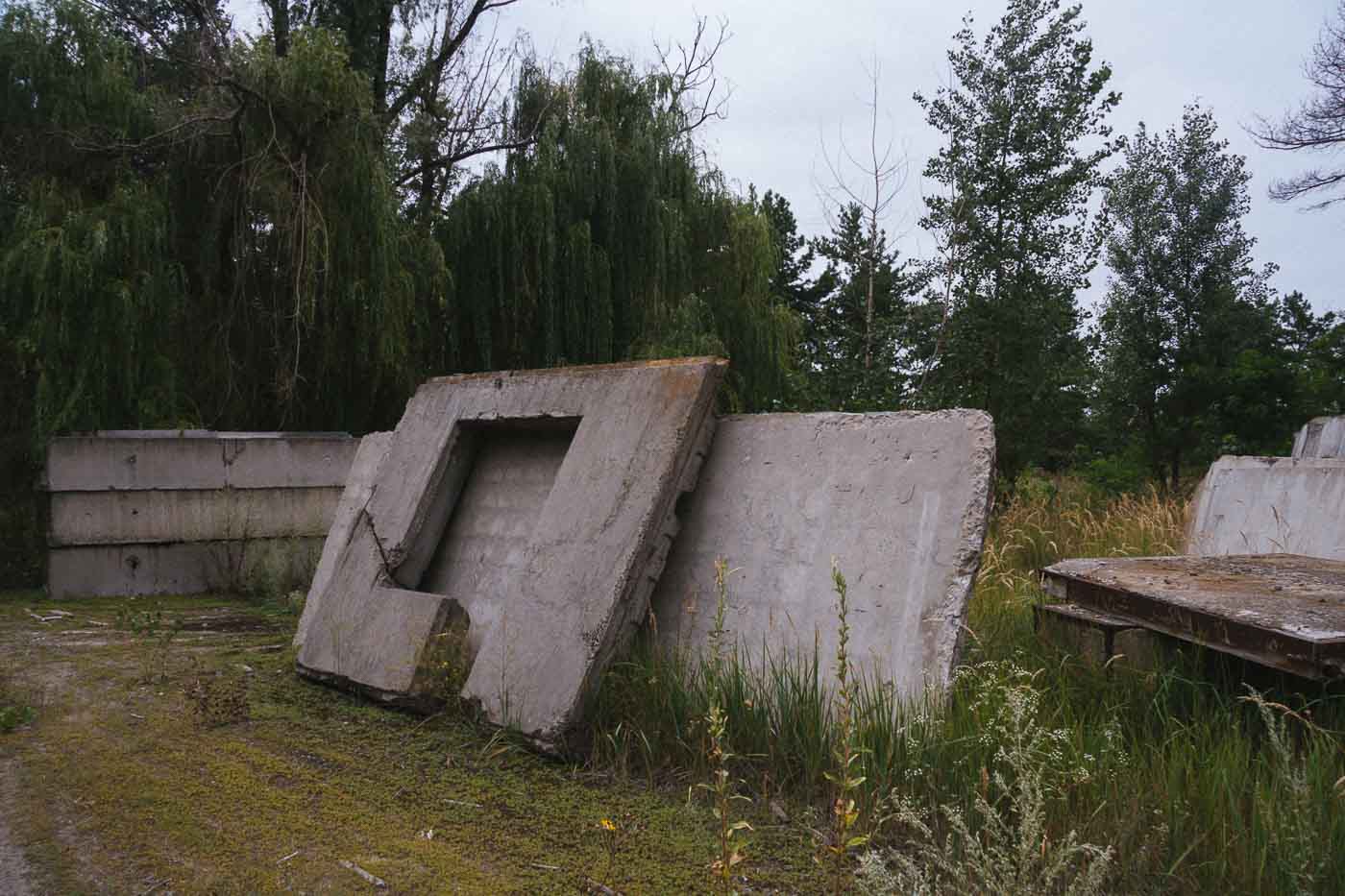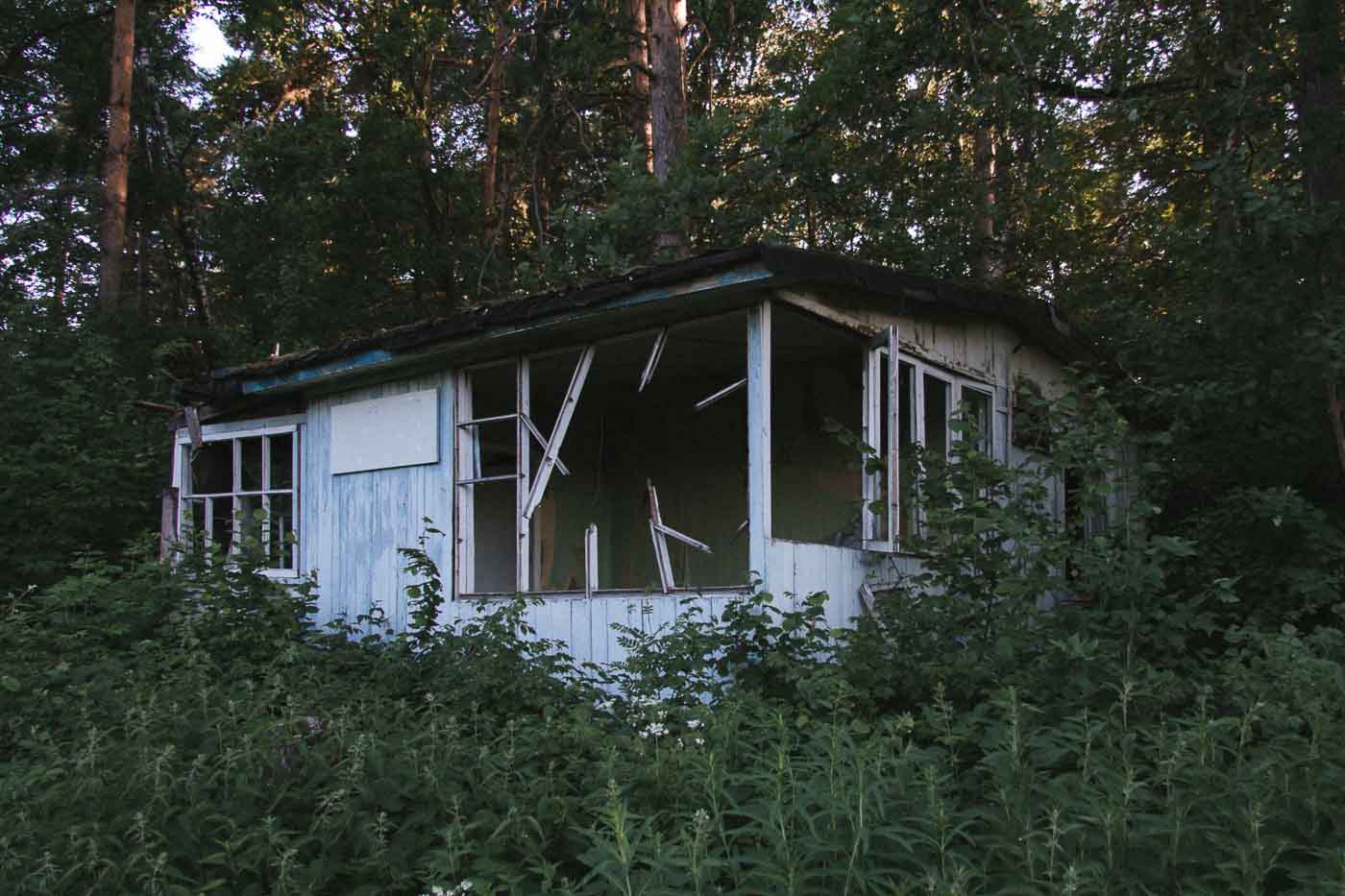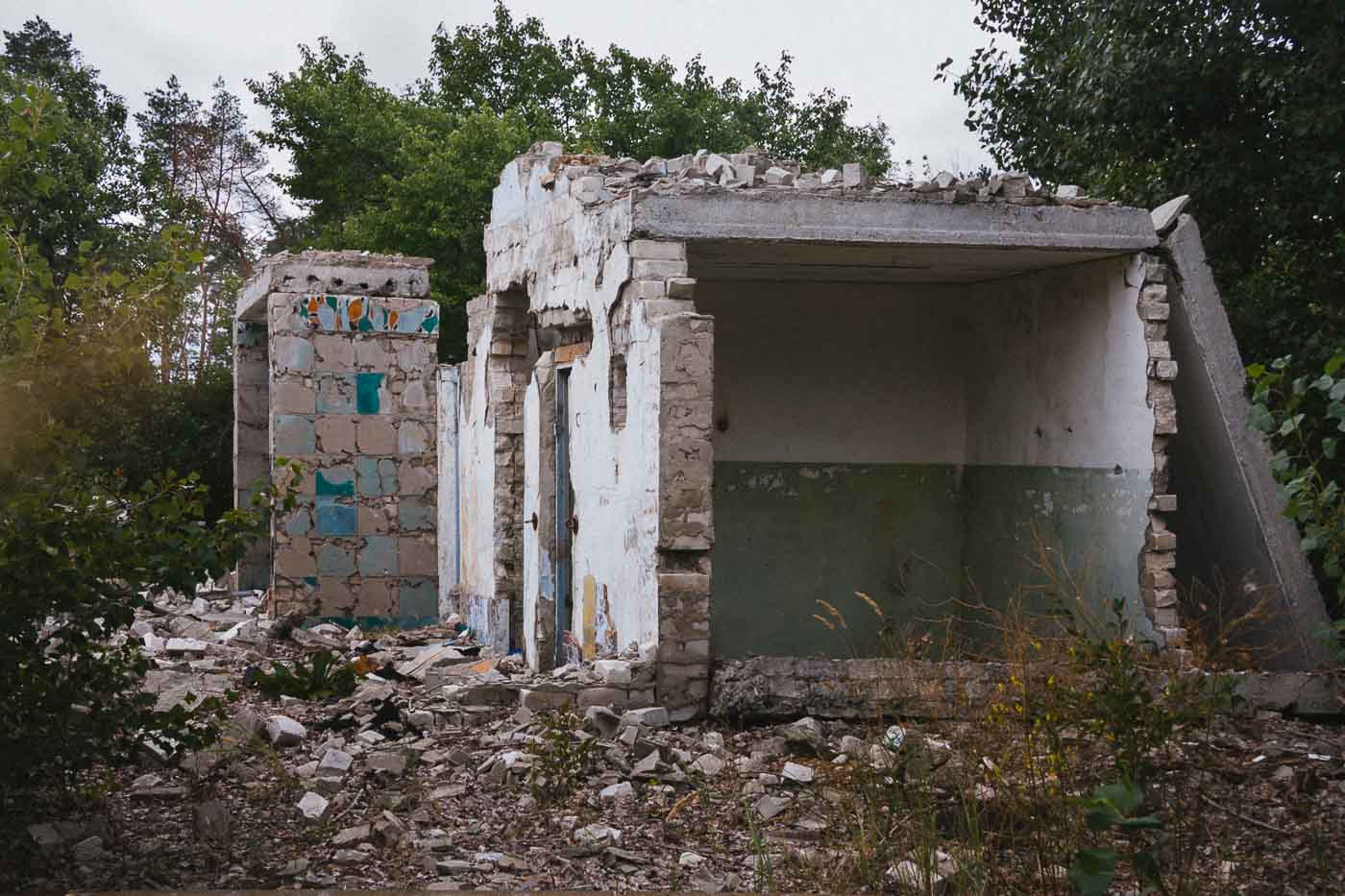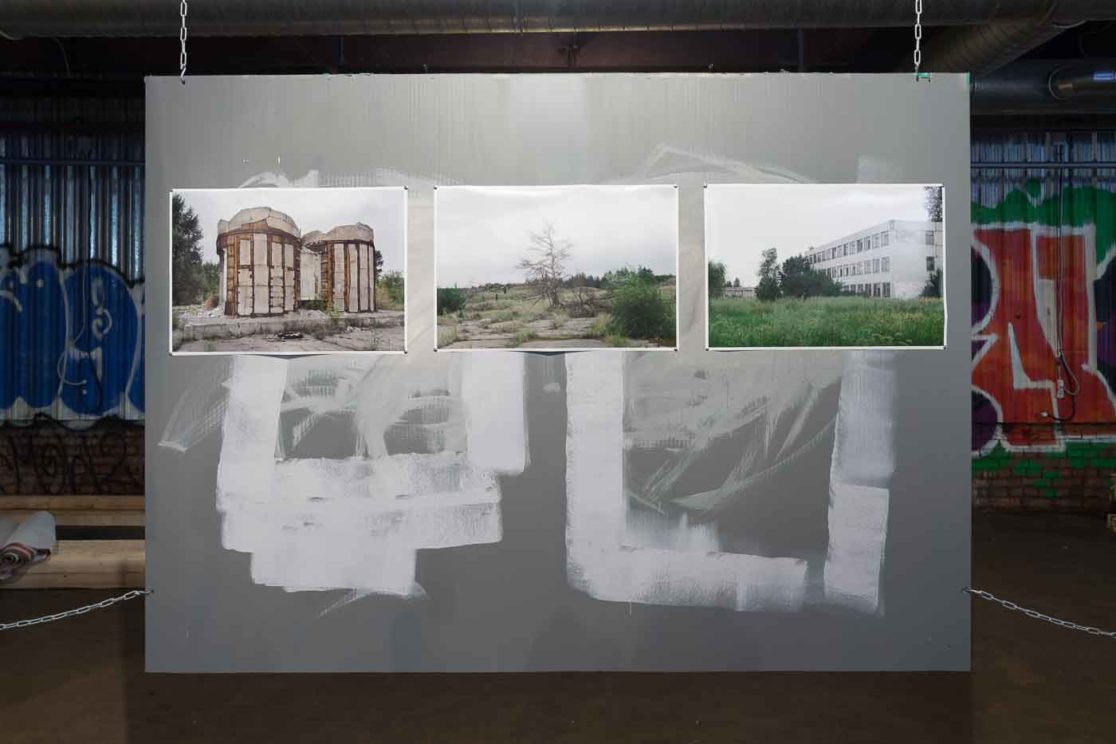A typical back of beyond from the standpoint of large city inhabitants looks like this: a concrete modernist stele with an emblem and welcome words on the gateway road and a meaningful “Good journey!” wish on its exit way, asphalt driveways with last repairings made in the 50s, Lenin street leading to Central square smoothly. Most of these towns maintain steady links with villages and other neighboring rural settlements; agrarian and urban traits are intertwined into paradoxical at first glance but stable if to get accustomed to, organism. Small towns now are likely to be industrial places with rural living conditions, ruined buildings of former factory shops and blown out signal lights of tall plant chimneys.
These towns, usually functioning as district centers, don’t get into view of media regularly. Most attention is paid to villages: human tragedies, joblessness, depression are in focus of bloggers and news reporters. Regional centers with their appealing main streets facades frequently appear on the TV as image makers for whole regions. However, small towns have only one function of a transfer station with an intercity express delayed forever for some of its inhabitants. It is considered that small towns are places for minors who could not integrate into big cities’ communities or who got a place at local levels of so-called vertical of authority.



